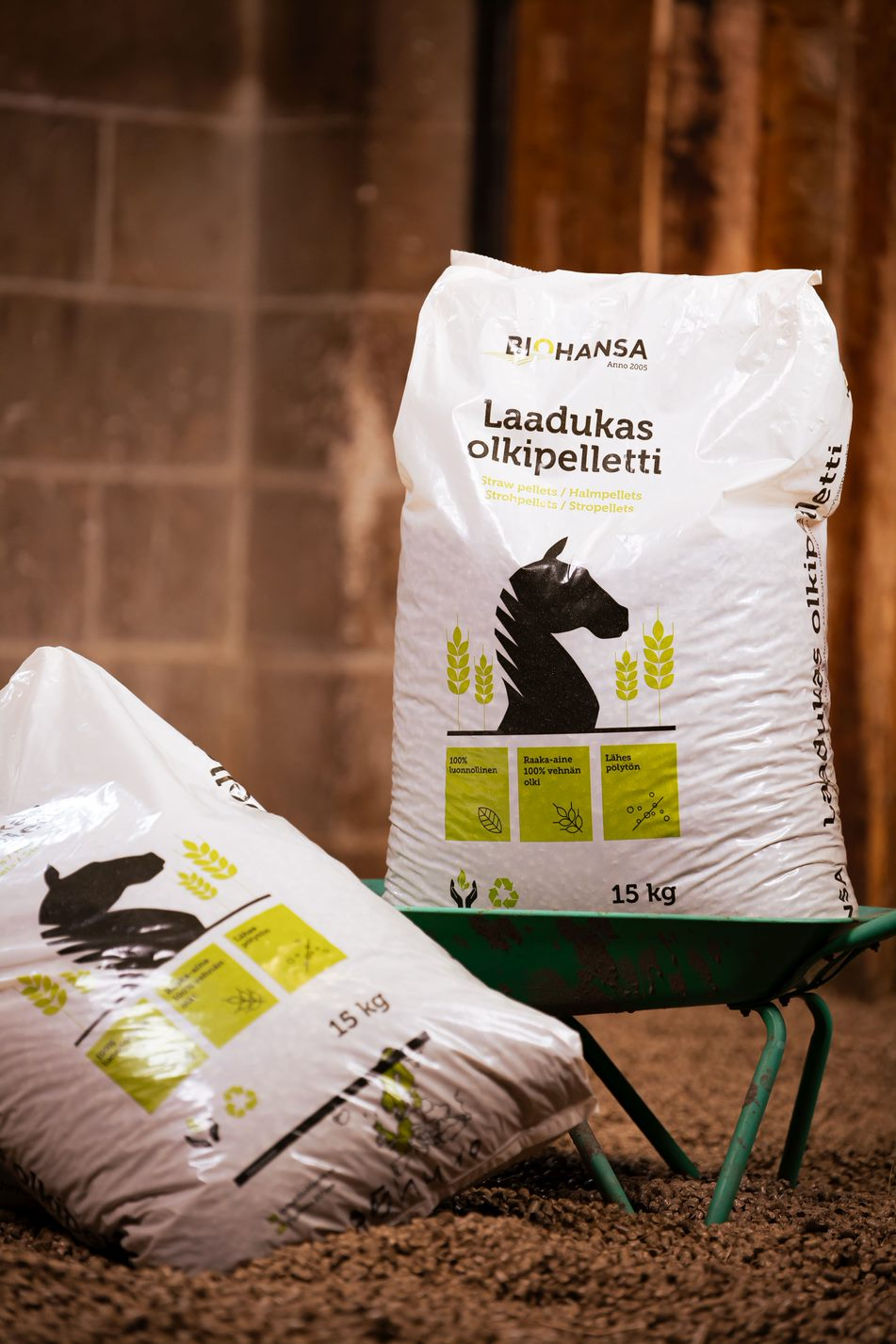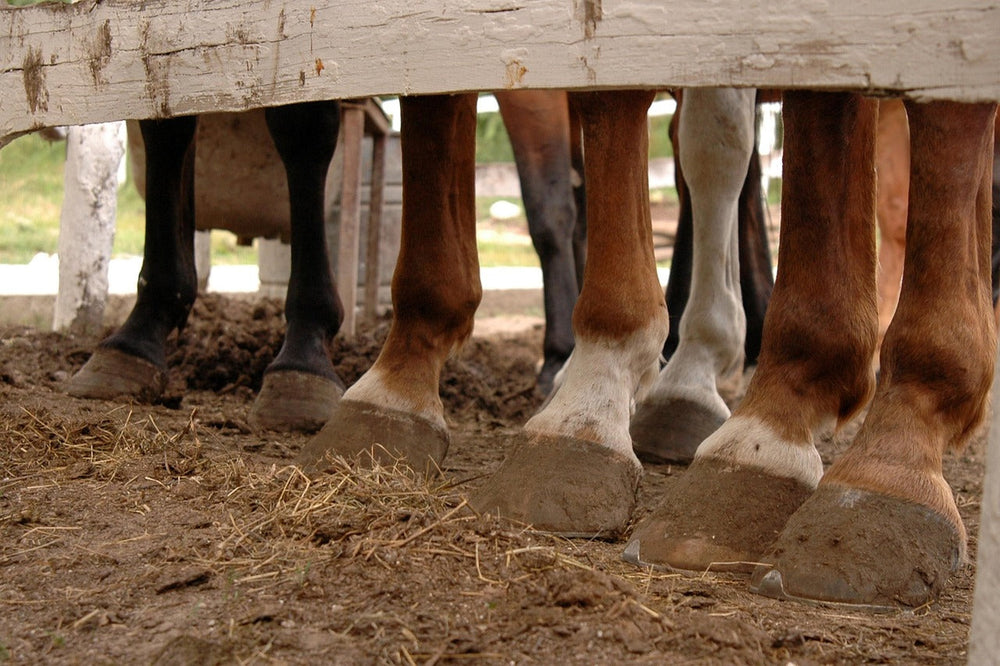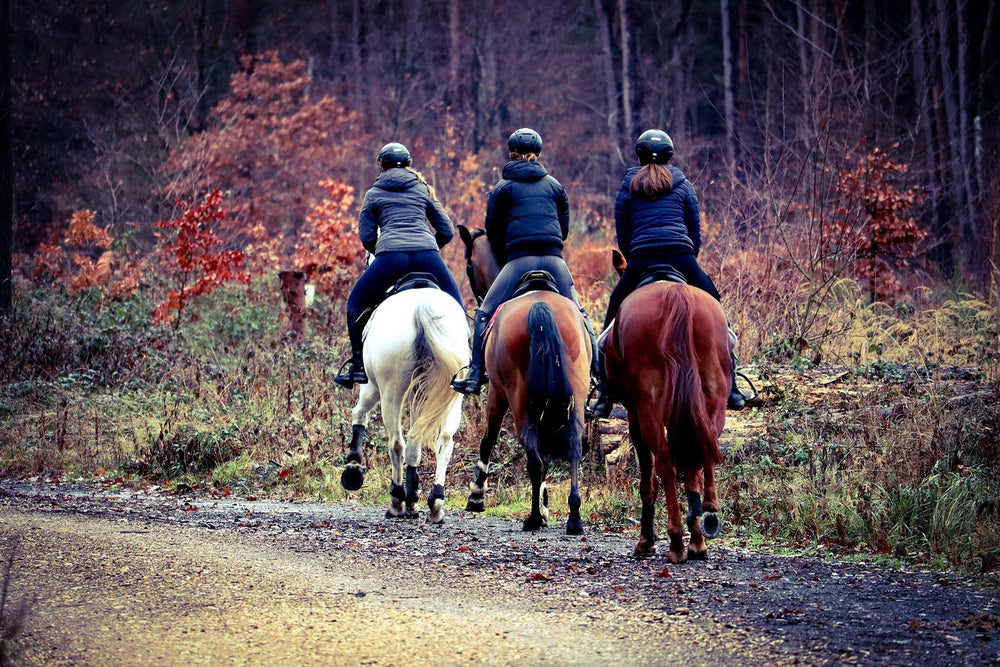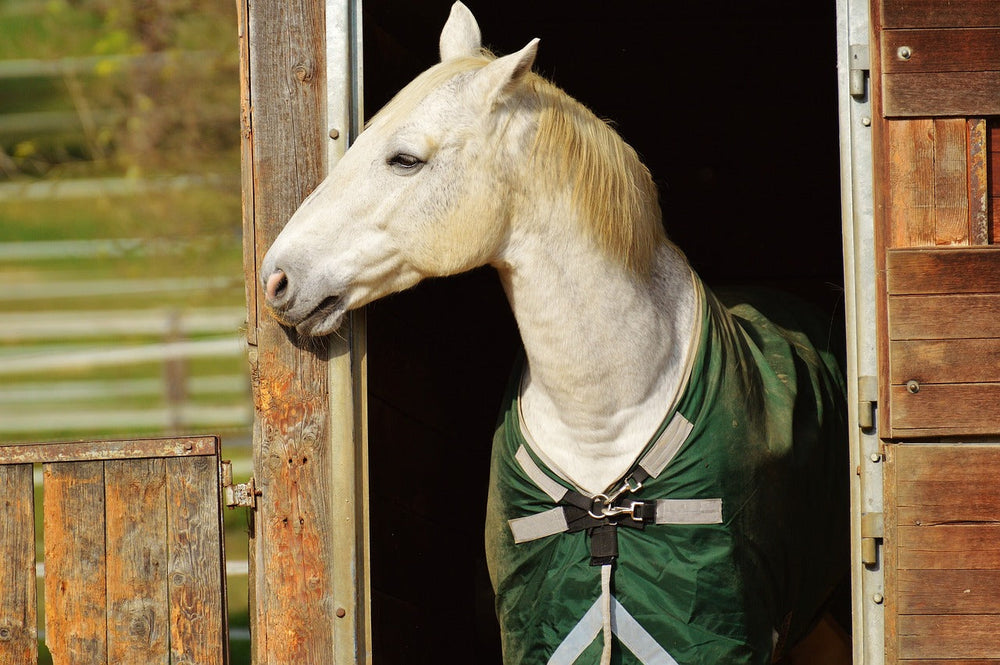 Sources:
Feeding horses in autumn | Horse Information Center
General information about feeding planning | Horse Information Center
Photo: Pixabay
Sources:
Feeding horses in autumn | Horse Information Center
General information about feeding planning | Horse Information Center
Photo: Pixabay
ähky ·
Category_Uutiset ·
hevoset ·
kaviokuume ·
laidun ·
laiduntaminen ·
rehut ·
ruokinta ·
ruokintasuunnitelma ·
Changes in feed and benefits of feeding plan
Feeding a horse is easiest with a simple plan, but horse owners often fall into the so-called “can and jar” feeding pattern. When planning feeding, it is important to know what to feed, why and in what quantity, and to leave trendy feeds at their own value. Many hobby horses are overweight simply because they are fed more than their energy needs. For example, metabolic syndrome is a metabolic disorder that occurs in horses and ponies. In addition to the appearance of being obese, the horse may have fat deposits in the neck, nape and base of the tail. When feeding such a horse, you should eliminate foods containing sugar and energy. You can read more about energy needs in our previous blog article.
Horses are sensitive animals with sensitive intestines and changes in their diet should be made with caution. Rapid changes may expose them to health risks, such as flatulence. Currently, many horses are still on pasture and their feed largely consists of pasture grass. After the grazing season, a change in diet inevitably occurs when horses move to indoor feeding. The change also occurs for those horses that do not graze, as sooner or later they will switch to hay or silage from the new harvest season. The change between feeds should be made gradually, allowing the intestinal microbes in the horse's cecum and large intestine to better adapt to the digestion of the new food. The microbes are most sensitive to changes in sugar and protein content and hygienic quality.
Utilizing a feeding plan
As mentioned earlier, the horse's gut microbes are sensitive to changes. The bacterial population changes with the change of feed, and in order for the microorganisms to have time to get used to the new feed, the horse should be introduced to the new feed carefully. One way is to mix a quarter of the new feed with the old every few days. This way, a full change of feed takes about a couple of weeks. By using a feeding plan, you can avoid the greatest risks and achieve the desired goals.
When creating a feeding plan, you must first determine the horse's needs. How much does it exercise? What size and age is it? If the amounts are not right, it will lead to over- or under-dosing of nutrients. When roughage is the basis of the feeding , concentrates are added accordingly. Since it is impossible to estimate or know the nutritional values of roughage, feed analysis data should be available. Hay producers often have their crops prepared for feed analysis. Of course, feeding planning is also influenced by horse-specific factors, such as temperament, degree of obesity, condition and health, and conditions.
If the horse loses weight easily, it is worth considering feeding it some additional feed intended for mass gain. If the horse is losing muscle mass, the first thing to do is to have it examined by a veterinarian, but after that the roughage ration can be supplemented with roughage with a higher protein content, such as Biohansa alfalfa pellets . Alfalfa contains a lot of vitamins and minerals, including beta-carotene, biotin, vitamins A, B, C, D, E and so on.
More tips for autumn
The horse should be acclimatized to the indoor feeding season a couple of weeks before being taken off the pasture. The new feed should be fed on the pasture and the amount gradually increased. If the horses are still on the pasture later in the autumn, they should not eat frozen grass. The sugar content of the grass can be very high, as plants store sugars in the form of fructan for the winter. Fructan is a poorly digestible carbohydrate, which in large quantities causes flatulence, diarrhea or hoof fever.
No matter what kind of horse it is, whether it is a competition horse or a hobby horse, it is a good idea to plan the feeding with a professional or use feeding planning programs. This way you can be sure that the feeding has everything you need and that overfeeding cannot occur. All nutritional information about different feeds is available at least on the side of the feed bags or on the product's website.
Discover Biohansa's feed products via this link . Remember to subscribe to our newsletter and follow us on social media to receive information about new products and current topics in your email. Also give us feedback on what topics you would like to read about on Biohansa's blog!
 Sources:
Feeding horses in autumn | Horse Information Center
General information about feeding planning | Horse Information Center
Photo: Pixabay
Sources:
Feeding horses in autumn | Horse Information Center
General information about feeding planning | Horse Information Center
Photo: Pixabay
 Sources:
Feeding horses in autumn | Horse Information Center
General information about feeding planning | Horse Information Center
Photo: Pixabay
Sources:
Feeding horses in autumn | Horse Information Center
General information about feeding planning | Horse Information Center
Photo: Pixabay






